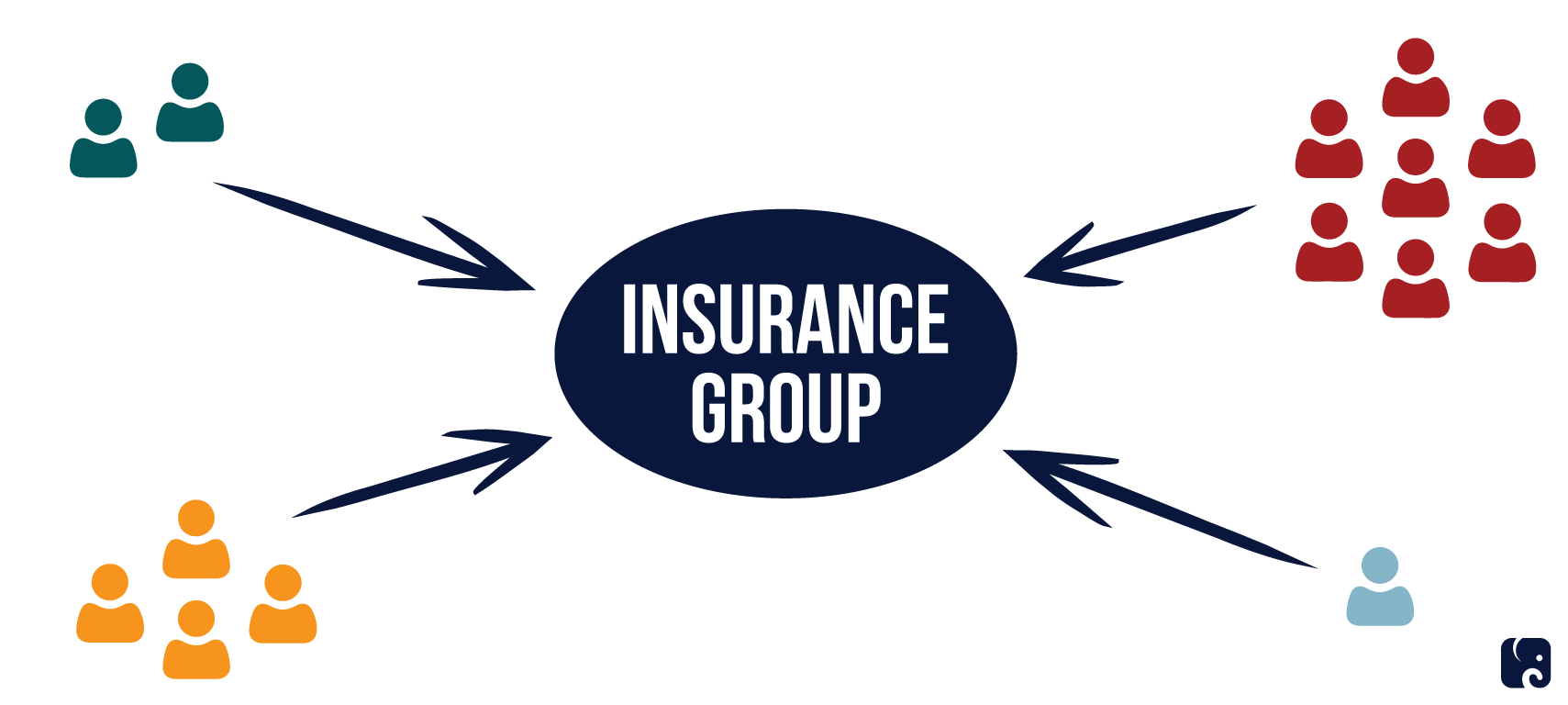More Affordable Health Care Options
KEY TAKEAWAYS
- Obamacare’s burdensome regulations and expensive mandates made it needlessly difficult for small businesses and the self-employed to form association health plans.
- A new rule by the Labor Department would allow small businesses to band together in groups of 51 or more to purchase coverage that would be regulated the same as large-group insurance.
- By 2023, an estimated 4 million more Americans, 400,000 of them currently uninsured, will obtain coverage through an AHP that both costs less and protects coverage for pre-existing conditions.
The Trump administration has taken steps to give Americans relief from Obamacare’s high prices and onerous burdens – while protecting coverage for pre-existing conditions. In the latest move to provide relief from Obamacare, the Department of Labor has released a final rule to expand association health plans.
The idea is to make it easier for the self-employed and small businesses to band together through an association to purchase health care plans that act like large-group plans. Large-group plans are not subject to many of the more costly insurance mandates that Obamacare imposed on the small-group and individual markets. CBO estimates this will allow 4 million Americans, including 400,000 people who are currently uninsured, to obtain insurance at a lower cost.
Broadening Association Health Plans

Increasing access to affordable coverage
The rule increases access to association health plans by:
- Allowing small businesses to band together for the primary purpose of providing health insurance.
- Allowing AHPs to be formed based on common geography or line of business. An AHP could cover different kinds of businesses in a state or metropolitan area, or all businesses in a particular industry could join nationwide.
- Allowing self-employed people to join an AHP.
If the AHP covers at least 51 people, it can avoid expensive Obamacare regulations that apply to the individual and small-group markets. These include the essential health benefits package, participation in the risk adjustment program, the single risk pool requirement, and premium rating rules.
Consumers will be protected from pre-existing condition exclusions just as they are in the large-group market. The rule also applies nondiscrimination rules to AHPs, including a prohibition on charging higher premiums or denying coverage based on health issues. This is intended to mitigate any risk selection between AHPs and the individual and small-group markets. Under the final rule, AHPs can adjust rates for employer members based on employment-related factors such as occupation or industry and relevant demographic factors such as geography or age.
A Necessary alternative
For decades prior to Obamacare, association plans provided coverage people liked. As many as 17,500 veterinary practices, their employees, and their families enjoyed the benefits of banding together to buy health coverage. Obamacare prohibited their plan model in 2014. Veterinarians and their workers were left with little choice: buy expensive insurance on the Obamacare exchange or go without coverage.
Prior to Obamacare, the Las Vegas Chamber of Commerce also provided small businesses a group health plan. Due to Obamacare regulations, the chamber had to drop this option. The chamber has already responded to the final rule by saying it intends to create a new association for members.
“A health care victory for small businesses.” – U.S. Chamber of Commerce, 06-25-2018
For millions of Americans who work in small businesses, their employers would provide health benefits if they could. Obamacare, however, created inequities between small businesses and large corporations in what they could offer their workers. The administration’s rule will allow small businesses the same negotiating power large corporations have to obtain affordable care for their employees.
Next Article Previous Article
